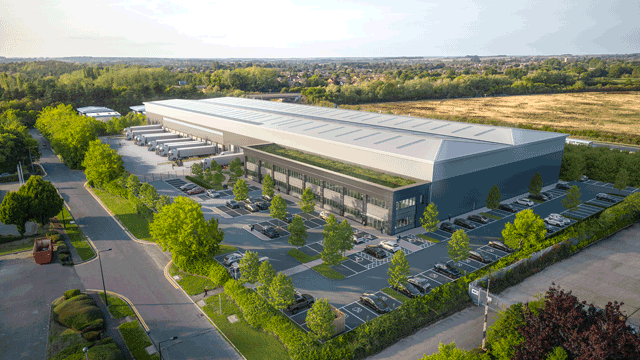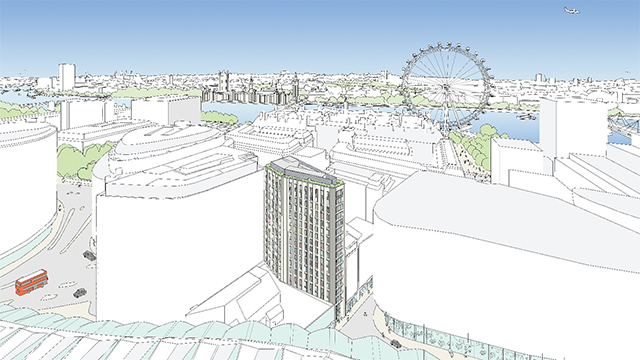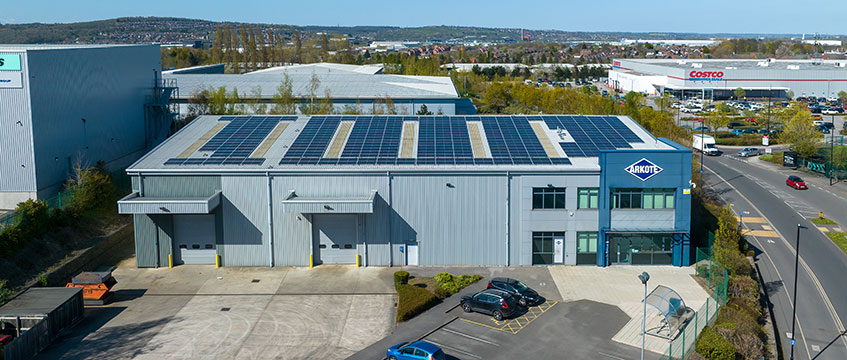Smaller parcels of under 10 acres set the bar for values for strategic land throughout the UK in 2018, with buyers capitalising on the increased pressures on councils looking to fulfil housing land supply requirements. This has resulted in value uplifts of more than 30% in the past three to five years.
With aims from the government to build 1m new homes by 2020, land supplies in high density areas such as the South East and parts of East Anglia are failing to reach the levels required and this has gone hand in hand with strategic land values achieving prices over and above expectations. Sites under 10 acres, with road frontage and on the edge of a village or town boundary, have seen the highest value increases in recent years and these have recently become the go-to purchase in the auction room. Increasingly, shrewd developers are more frequently hedging their bets and acquiring land without consent and outside development boundaries in the hope of one day gaining planning permission, due to the severe shortage of approved land coming to market.
At Cheffins in Cambridge, 2018 saw a series of sales featuring grassland, arable land and paddocks achieving significant prices per acre. For example, in the December auction, 1.94 acres of amenity land on the edge of Haverhill in Suffolk achieved £33,505 per acre, while in September 5.69 acres of amenity land on the edge of Haddenham, near Ely, achieved £19,507 per acre.
On average, prices achieved were around £20,000 per acre – almost triple the local agricultural value, which is currently around £8,000 per acre. All of the sites sold in 2018 made in excess of estimates, with some completely eclipsing their guide prices. For example, 9.24 acres of grazing land in Chesterton, Cambridge, sold for £202,000, well over the £60,000-£65,000 guide price; similarly, at Haddenham, the final sale price was £111,000, double the pre-sale estimate of £50,000-£55,000.
Prices as high as £90,000 per acre have been seen, but speculators will take the view that even if they are only able to gain consent for a single house on the site, it will have paid for itself. However, more typically, the land will be part of a larger number of purchases, where consent or allocation of one of the parcels will pay for all of the others and some profit too.
Active buyers within the marketplace have included private investors, small and medium housebuilders, national strategic land companies and private institutions. Institutions and funds have been looking to snap up these plots as they take a long-term view on development and look to increase their landholdings. Despite the increased buyer pool for these types of lots, purchasers have been somewhat dependent on location. For example, institutions have looked to pick up plots that might be in close proximity to their other landholdings and some of the smaller developers and housebuilders have taken a localised view on where to build their next scheme.
The other change in this part of the market is the role of the overage clause. Overage and uplift clauses, which used to be a sticking point for the strategic land market, are now an increasingly accepted part of the purchase process and have had a lesser impact on land values than in previous years. Overages of 25-35% are common and will have minimal effect, whereas higher figures (we have seen figures mentioned of 50% or more), will have a significant impact on the initial saleability and value of the land; one must remember that an overage clause will only be valuable to a vendor if it incentivises a buyer to build.
The vast majority of the land lots at Cheffins in 2018 had overage charges attached; however, this had little impact on desirability or values achieved, such is the demand for the best plots coming to the market.
While a significant tranche of the demand for these parcels has come from speculators, the demand and success rates of amenity and neighbour buyers is still significant. These parties are buying land for leisure use or boundary protection, and as such are not concerned by profit or resale values. Their highest bids will be determined by available funds, not comparables, and this will often see them finish as the highest bidders.
We expect that as uncertainty for landowners grows ahead of Brexit, we will see more of these strategic land parcels come to auction as landowners look to safeguard income and diversify by selling to the wide variety of buyers looking to snap up these parcels for a range of purposes. The auction room has proved itself to be a profitable way to dispose of these types of holdings instead of private treaty, such is the transparency of the process and efficiency of obtaining maximum value.
Ian Kitson is a director at Cheffins











